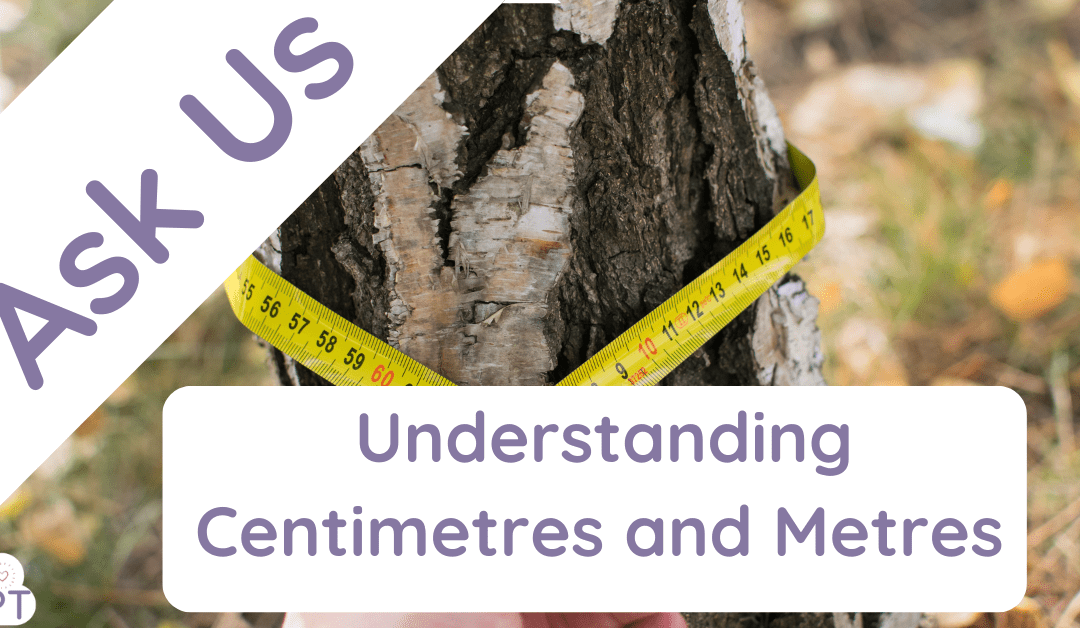Understanding Centimetres and Metres: A Comprehensive Guide
In the world of measurement, centimetres and metres are fundamental units that help us quantify length and distance. Whether in a classroom, working on a DIY project, or simply trying to understand the world around you, knowing the difference between centimetres and metres is essential. This blog will explore what centimetres and metres are, how they are used, and why they are essential.
What Are Centimetres?
A centimetre (cm) is a unit of length in the metric system. It is equal to one-hundredth of a metre. The word “centimetre” comes from the Latin words “centum” (meaning one hundred) and “metrum” (meaning measure).
Key Facts about Centimetres:
- 1 centimetre = 0.01 metres
- There are 100 centimetres in a metre
- Commonly used for smaller measurements such as the dimensions of objects or distances between points.
For a more detailed explanation of centimetres, visit BBC Bitesize.
What Are Metres?
A metre (m) is the base unit of length in the International System of Units (SI). It is widely used worldwide for measuring length and distance. The metre was originally defined in 1793 as one ten-millionth of the distance from the equator to the North Pole.
Key Facts about Metres:
- 1 metre = 100 centimetres
- Used for measuring longer distances, such as the height of a building or the length of a football field
- It is the standard unit for scientific measurements
For more on the history and definition of metres, check out National Geographic.
Practical Uses of Centimetres and Metres
Everyday Measurements
Centimetres and metres are used in everyday life for a variety of measurements:
- Furniture Dimensions: Measuring the size of a table or sofa
- Height Measurement: Tracking the height of a child
- Room Layouts: Planning the layout of furniture in a room
For practical tips on measuring furniture, see Better Homes & Gardens.
Academic and Scientific Applications
In academic settings, centimetres and metres are essential for teaching and experiments:
- Science Experiments: Measuring lengths of objects or distances in experiments
- Math Problems: Solving problems related to length and distance
- Engineering Projects: Designing and building structures
For educational resources on teaching measurements, visit TeachEngineering.
Converting Between Centimetres and Metres
Understanding how to convert between centimetres and metres is crucial:
- To convert from centimetres to metres, divide by 100 (e.g., 150 cm = 150/100 = 1.5 m).
- To convert from metres to centimetres, multiply by 100 (e.g., 2 m = 2 x 100 = 200 cm).
For a handy conversion tool, use Metric Conversions.
Teaching Children About Centimetres and Metres
Using the Muddy Puddle Teacher (MPT) approach, you can make learning about centimetres and metres fun and engaging:
MPT Resources:
- Outdoor Maths Lessons
- Measuring Nature Walks
- Interactive Measurement Games
- Practical Measurement Activities
- Hands-on Learning Tools
Fun Activities to Learn Measurements
Outdoor Measurement Scavenger Hunt
Create a scavenger hunt where children measure various natural items like leaves, sticks, and stones using centimetres and metres. This helps them understand and apply measurement concepts in a real-world context.
For more ideas, check Scholastic.
Building Projects
Have children work on simple building projects where they need to measure materials accurately. This could include building birdhouses or small garden structures.
For DIY project plans, see DIY Network.
Conclusion
Understanding centimetres and metres is a fundamental skill that helps us navigate and understand the world. By incorporating practical activities and real-world applications, we can make learning about these units of measurement engaging and effective. Whether through everyday use, academic applications, or outdoor activities, mastering centimetres and metres is a valuable skill for children and adults alike.
For further reading and resources, check out these links:
- Khan Academy on Measurements
- Math is Fun: Metric Units
- Education.com Measurement Activities
- PBS LearningMedia Measurement Resources
By exploring these resources and engaging in hands-on activities, children can gain a strong understanding of how to use centimetres and metres in various contexts. Happy measuring!


